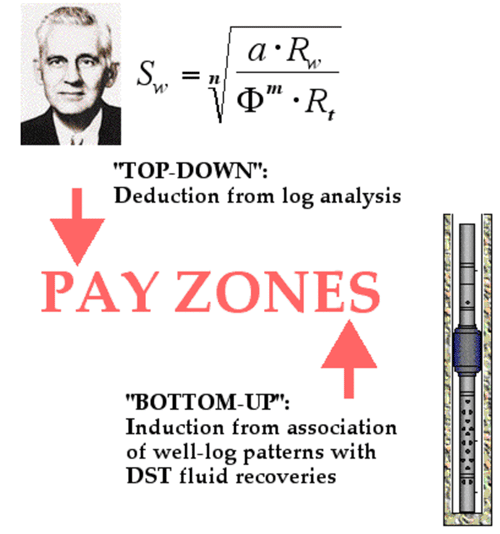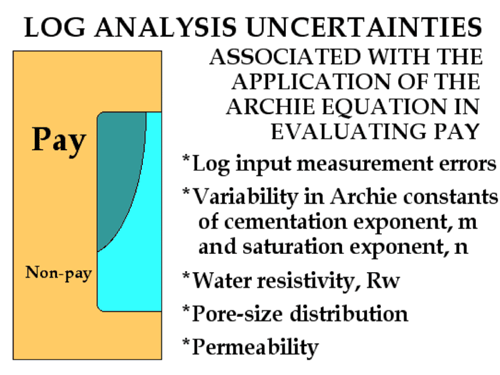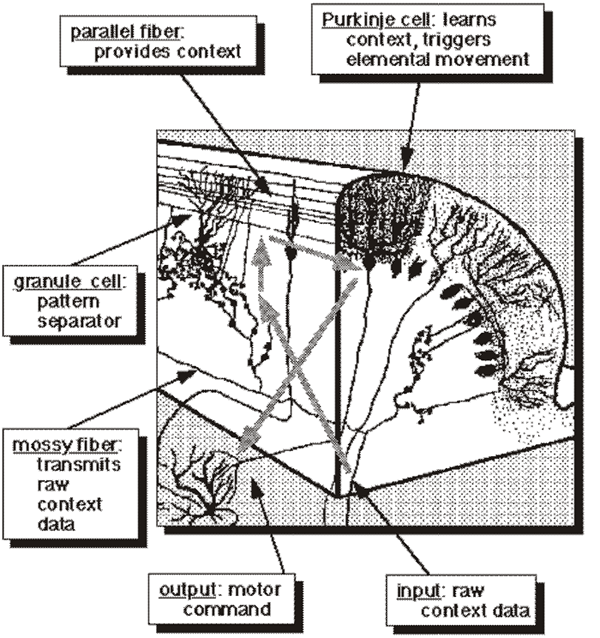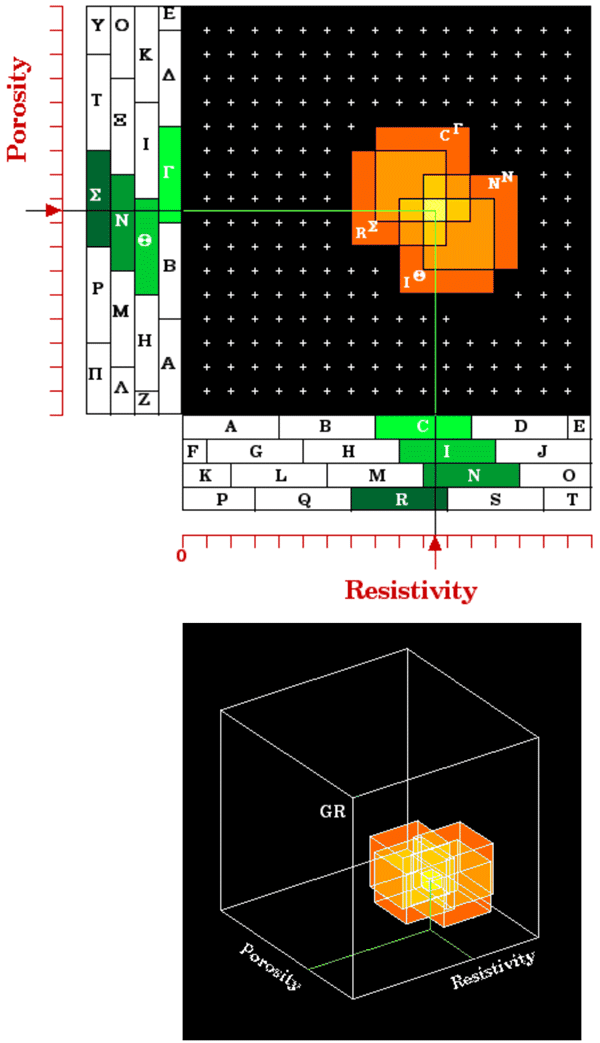Theory and Practice of a Web-based Intelligent Agent in the Location of Pay Zones on Digital Well Log Files
John H. Doveton, W. Lynn Watney, and Geoffrey C. Bohling
Kansas Geological Survey
Abstract
Traditional log analysis methods locate pay in a deductive ("top-down") mode by applying the Archie equation in the calculation of water saturation. A computed saturation log is a serviceable reconnaissance procedure to locate potentially productive zones, although additional insight on pore size is needed to predict actual fluid production. In an alternative approach, pay zones may be located by an inductive ("bottom-up") mode in which the fluids produced from DST intervals and perforated zones are used in the categorization of associated well log patterns. In several exploratory case-studies, a Java applet was trained to distinguish fluid types by enumerating data-point densities of log measurements on a neural lattice framework and classification by Bayesian probability methods. Endmember categories of oil, water, and mud, were classified in terms of their gamma-ray, neutron and density porosities, photoelectric factor, and resistivity in Kansas Paleozoic carbonates and sandstones. Mappings of the separate fluid data clouds within this multivariate log space were examined, both as a means of quality control and in the pattern recognition of reservoir properties that control production. At the conclusion of learning and validation phases, the trained intelligent agent was applied to a database of digital LAS log files to assess potential pay within stratigraphic equivalents of new wildcats and bypassed pay on older wells.

“Top-down determination of pay relies on use of a water saturation model such as the Archie equation and supplying parameters like “n” the saturation exponent and “m” the cementation exponent. The assumption is that the reservoir behaves as an “Archie Rock”.

A “bottoms-up” approach to evaluate pay offers the opportunity to circumvent uncertainties with the water saturation model. The potential also exists to use this inductive approach to build a robust pay model that encompasses many reservoirs and permits processing of large volumes of data.

The Albus model of the structure of the cerebellum that is the basis for the CMAC (Cerebellar Model Arithmetic Computer) robotic controller. The CMAC allocation of memory as a "shingled lattice" of bins in multivariate space that is gridded by smaller cells is used within KHAN for non-parametric prediction and classification. In the illustrations below, the concept is shown for two log variables (resistivity and porosity) and three log variables (incorporating gamma ray).

Structure of KHAN classification is a shingle-block lattice is based CMAC (Cerebellar Model Arithmetic Computer), originally designed by Albus (1975)
Albus, J.S., 1975, A new approach to manipulator control: The Cerebellar Model Articulation Controller (CMAC): Transactions of the ASME, September, p. 220-227.
http://www.kgs.ku.edu/PRS/publication/2004/AAPG/Brine/p1-01.html
Last Modified December 2004